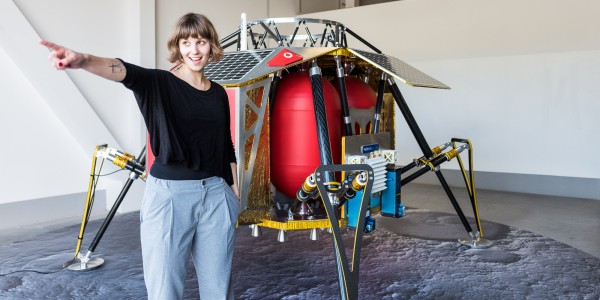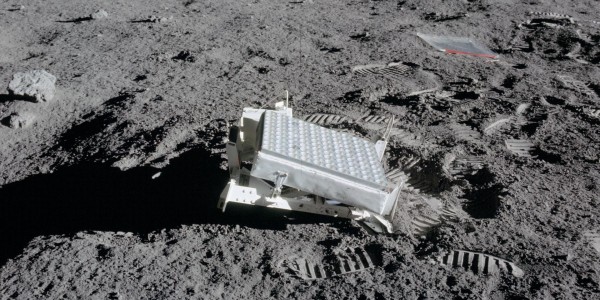Dr. Ewald, President John F. Kennedy said the following in a speech at the beginning of the Apollo program: “We choose to go to the moon in this decade, not because it’s easy, but because it’s hard.” It sounded like a challenge—an adventure. Did he strike a chord with astronauts as well?
First of all, astronauts are not adventurers. They don’t seek out risks, at least, not in my experience. When I applied to become an astronaut, my own space flight was still far in the future. But getting there was exciting: The training, the experiments, and, admittedly, there was also the fun of facing a challenge. All of that motivated me during training.
And what about when it finally happened? Did the enormity of the undertaking become clear to you then?
When you stand in front of the rocket, taking in the growling monster—even the Soyuz is 55 meters tall, after all—it’s pretty impressive. But there’s no going back. You’re curious about all the things awaiting you in outer space.
Kennedy’s speech at Rice University wasn’t aimed at astronauts, though—he wanted to inspire everyone. What makes the speech so interesting from today’s perspective?
The fact that someone would promote such a vision, even though the idea surely didn’t come from an interest in researching moon rocks. But Kennedy—or perhaps his advisors—saw the Apollo project as an opportunity to unite the nation behind a worthwhile goal.
And a big vision calls for a big speech?
That’s how it is with visions. Many factors play into uniting people behind a vision: the size of the pitch, its presentation, and the ability to implement the project. As president, Kennedy had the stature to begin a new chapter and make the United States a nation of space exploration. And, at least in the early years, he had the financial resources to push it through.
Do you think Kennedy’s speech is still significant today?
Yes. I sometimes mention the speech in my lectures—as a lesson in how important the right word choice, good timing, and the necessary charisma are to such projects. And it’s an example of how a bold statement can keep subsequent administrations from being fainthearted and debating away a project. The presidents who came just after Kennedy all got on board, or the Apollo program never would have materialized.
Does space travel today lack the appropriate vision and visionaries, especially in Europe?
Although we are well positioned in Europe for navigation and Earth-observation satellites, which we can launch with the Ariane rocket, we always have to work with international partners on manned space flights. It would be a little disingenuous for Europe to announce its own vision for space exploration without having the funds to back it up.






